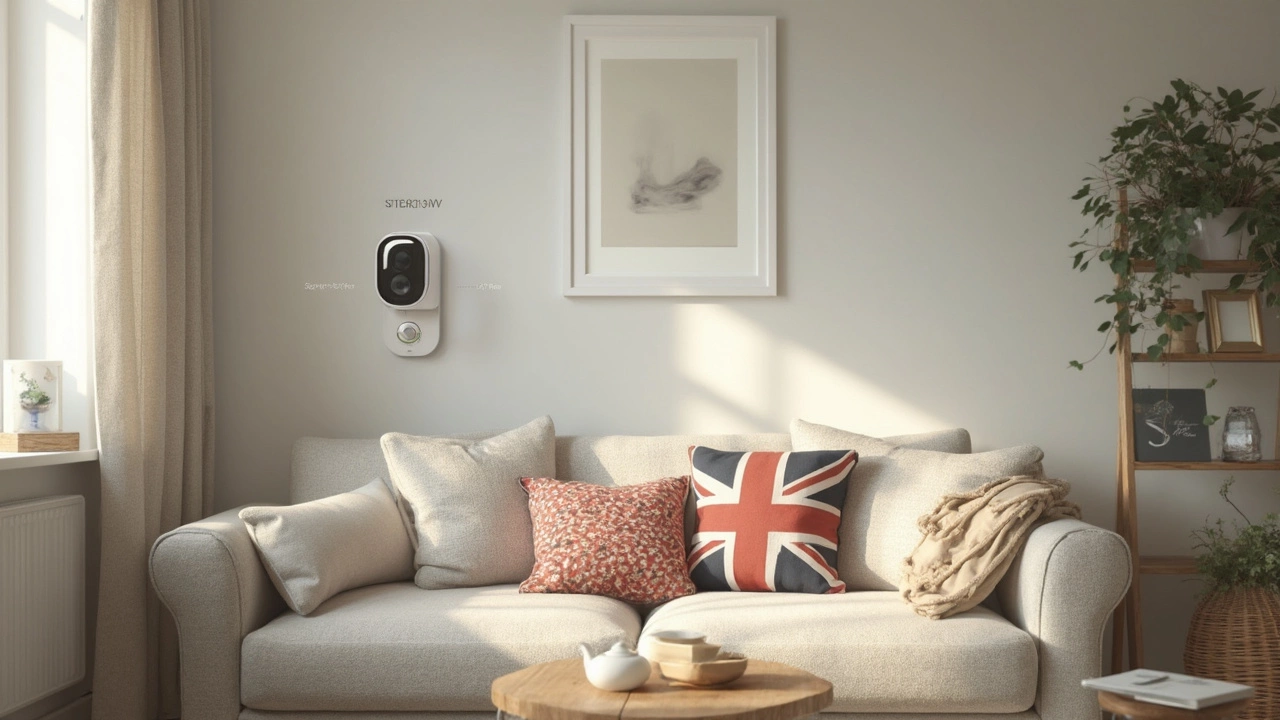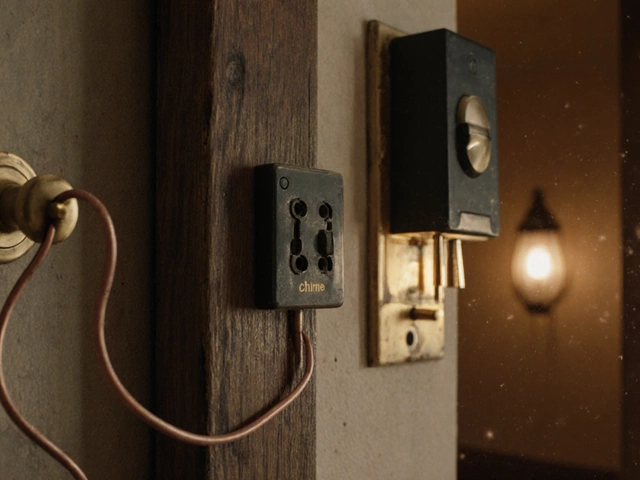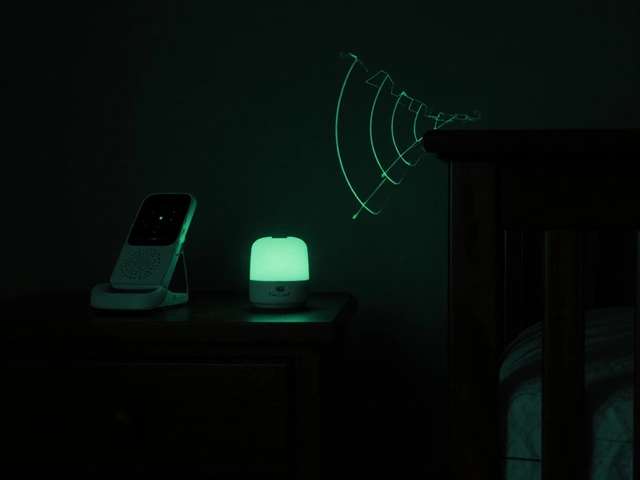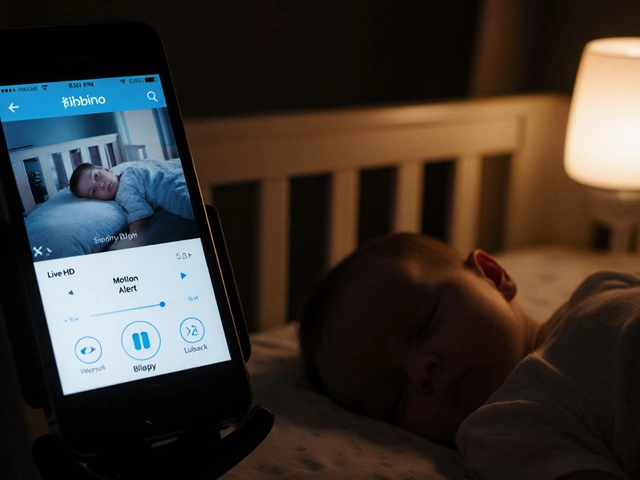Understanding Camera Functionality for Home Security
If you’ve ever wondered why some cameras seem to catch every movement while others miss the mark, you’re not alone. The secret lies in a mix of sensor types, recording methods, and smart features that work together to give you clear, reliable video. Let’s break down the basics so you can pick a system that actually keeps your home safe.
What Makes a Camera Tick?
First off, look at the sensor. Most indoor cameras use a CMOS sensor that handles low light well, while outdoor units often pair the sensor with infrared (IR) LEDs for night vision. The IR LEDs act like invisible flashlights, lighting up the scene without alerting intruders.
Next up is motion detection. There are three main types: PIR (Passive Infrared), microwave, and dual‑tech. PIR senses changes in heat, microwave emits tiny radio waves and measures reflections, and dual‑tech combines both to cut down false alerts. If you’ve had a pet that keeps setting off alerts, a dual‑tech sensor can save you a lot of annoyance.
Recording Options: Continuous vs. Event‑Based
Continuous recording stores everything, 24/7, but it eats up storage fast. Event‑based recording only saves clips when motion is detected, which is a smarter use of space and makes reviewing footage easier. Some cameras even offer a hybrid mode: they record a few seconds before and after motion, giving you context around the event.
Don’t forget about cloud vs. local storage. Cloud plans let you view footage from anywhere, but they come with monthly fees. Local SD cards avoid recurring costs but can be stolen along with the camera. A good middle ground is a camera that supports both – you keep a backup locally while still enjoying remote access.Another feature to consider is two‑way audio. It lets you talk through the camera, turning a simple eye‑in‑the‑sky into an intercom. This is handy for greeting delivery people or scaring off a trespasser without stepping outside.
Finally, pay attention to the video quality. 1080p is the standard today, offering clear detail without overloading your network. Some newer models push 2K or 4K, which looks amazing on a big screen but requires more bandwidth and storage. If your internet plan is modest, stick with 1080p and boost the frame rate instead – smoother video often feels more reassuring than higher resolution.
With these basics in mind, you can match camera features to your home’s layout. A front‑door video doorbell needs solid night vision, fast motion detection, and reliable two‑way audio. A backyard setup might prioritize weather‑proof housing and a wider field of view. Inside, look for discreet designs with low‑light performance.
Choosing the right camera boils down to understanding what each function does for you and balancing cost, storage, and connectivity. Armed with this knowledge, you’ll be able to spot the camera that actually delivers peace of mind, not just a fancy gadget.






